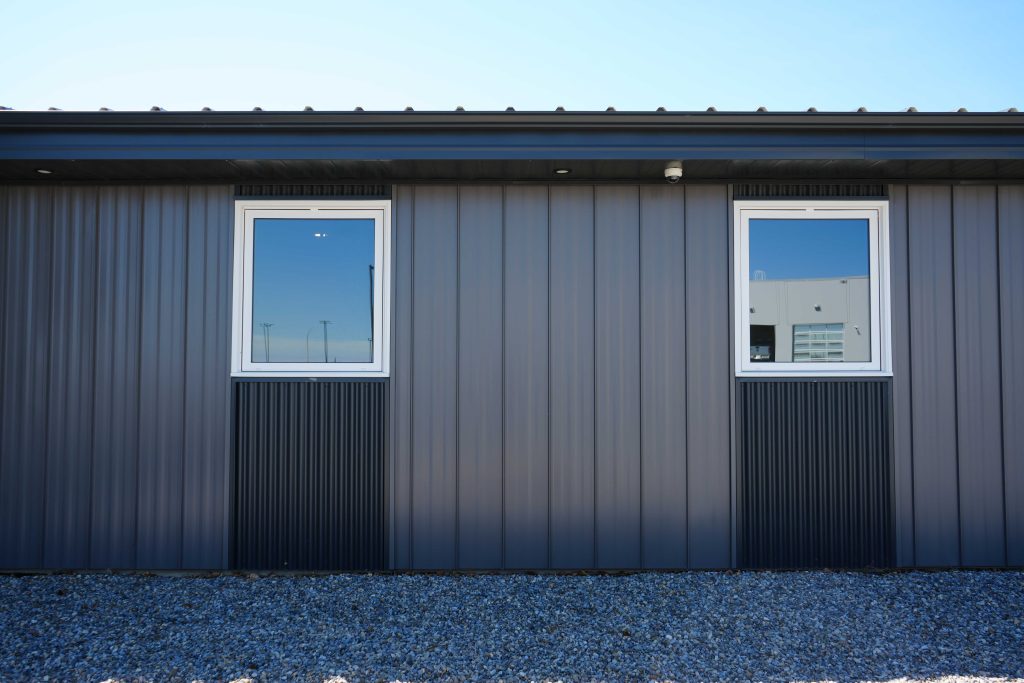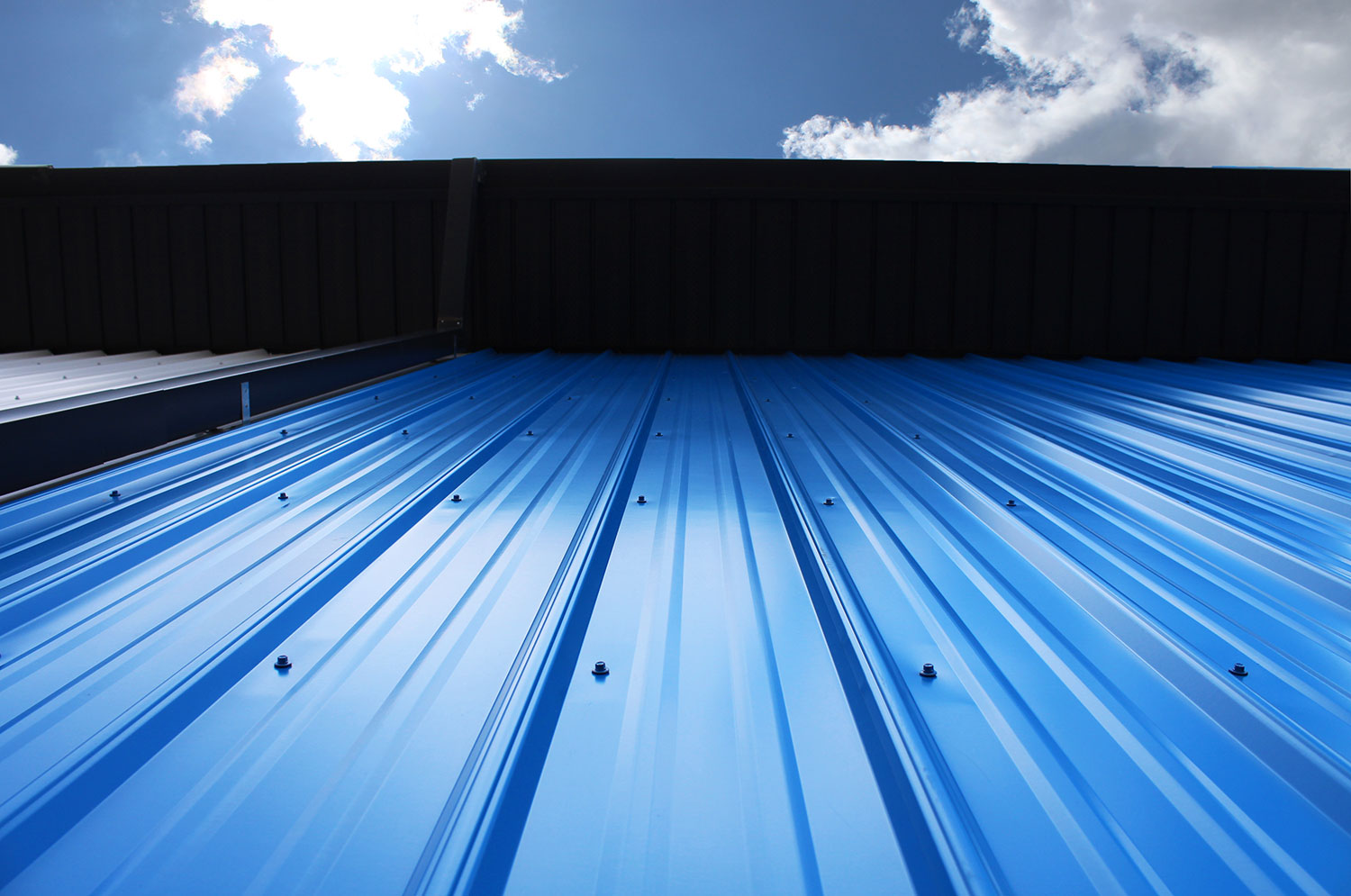When it comes to selecting the steel siding profile for your project, small design details can make a big impact. Two common texture options that people often confuse the difference between are striations and minor ribs. While both add visual interest and reduce glare on flat panels, they each serve distinct purposes and achieve different aesthetic and structural effects.

What Are Striations?
Striations are a subtle, crimped pattern rolled into the steel panel surface during manufacturing. These ripples run the length of the panel and are designed primarily to minimize the appearance of oil canning — the slight waviness that can occur on large, flat metal surfaces due to expansion, contraction, or stress.
Visually, striations add a refined texture that catches light in a uniform way, making panels look consistent from any angle. They are especially popular for modern architectural styles, residential homes, and commercial builds where a contemporary look is desired. They are commonly found in some of our Forma Steel profiles like Forma Loc.

What Are Minor Ribs?
Minor ribs, on the other hand, are small, raised ribs that run along the panel’s flat sections, providing both a more rigid and industrial definition. Typically spaced evenly across the panel, these ribs add a subtle shadow line effect and stiffen the panel’s structure, helping it resist buckling or denting under load.
Minor ribs tend to create a more industrial or traditional look compared to striations. They’re often seen on agricultural or commercial builds such as shops, sheds, and barns. Amongst our Forma Steel profiles, the ones most commonly seen with minor ribs are FC-36, I/9, and FR Panel.

There Is No Wrong Answer For Your Project
Ultimately, whether you choose striations or minor ribs, your metal roofing and siding will be more structurally rigid, reduce oil canning, and will look visually arresting. Contact us today for more information about our steel profiles!


